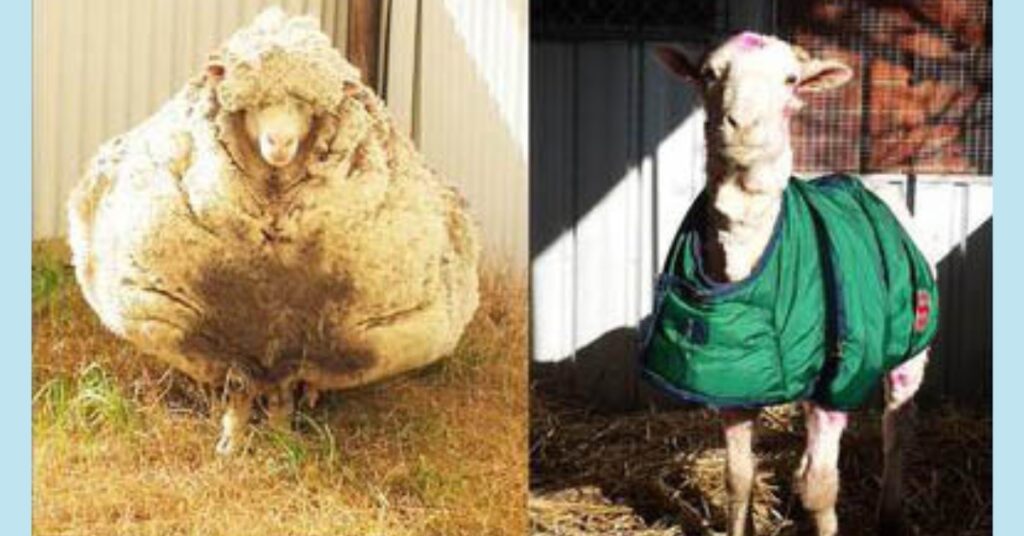Follow the Flock: How Sheep Shaped Human Civilization by Sally Coulthard
My family and I regularly joke about how the manager of the sheep at the farm we worked at would point at a particular lamb within the flock of several hundred and say, “Do you see that ewe right there — that white one?” They were almost all white. But, as a good shepherd, he did actually know each one — or at least it seemed that way to us.
Sheep have been an important part of human civilization for thousands of years. Our culture in the United States is somewhat unique in not being very intertwined with them, but many societies throughout history have been quite reliant on these humble creatures for fiber, milk and meat. Sheep happily produce these products in an array of different environments, from rainy England to dry and wind-swept Mongolia.
Follow the Flock: How Sheep Shaped Human Civilization is a tribute to these modest animals who have proven so vital to so many people. It’s a fun and easy read that’s full of interesting — and even useful — information for the farmer or rancher.
The commodity non-fiction genre has been a popular one over the past decade or so. There have been titles praising the importance to our daily lives of everything from salt to cod to beer. I’ve even reviewed one in these pages before — Mark Kurlansky’s Milk. I believe that the popularity of these books illustrates people’s innate desire to understand and be more connected to where their food comes from.
Follow the Flock continues this recent tradition. Sally Coulthard, a British author of several books on farming and nature (including The Barn, which was reviewed here a few months ago), covers everything about sheep, from their wool to their diet to their fame in popular culture. She discusses traditional and contemporary methods of shearing — while the earliest shepherd simply picked up shed wool, modern breeds can produce dozens of pounds per head. One of many entertaining anecdotes Coulthard shares is of a Merino sheep that was discovered in 2015 in Australia after it had drifted away and lived on its own in the wild for several years. It bequeathed 88 pounds of wool; much more and it probably would have died.

The book also describes sheep cheeses, such as Roquefort, that were described by authors as ancient as Homer and Pliny; sheep-inspired phrases, such as “black sheep of the family,” “shoddy” (which used to refer to a yarn made from recycled wool) and “wolf in sheep’s clothing,” to name just a few; and how sheep figure prominently in many religions — most prominently Christianity, in which Jesus is described as both the great shepherd and the lamb that is slain as an atoning sacrifice.
Follow the Flock explains various methods of traditional shepherding that have receded in economic importance due to modern circumstances, but which offer lessons for modern sheep operations. These include nomadic herding, in which families or small tribes travel year-round from pasture to pasture, relying on their animals for everything from milk to meat to dung for burning. A variant of this is transhumant shepherding, as familiarly practiced in the Alps, where flocks spend the winters in sheltered valleys and the summer grazing rich pastures higher in the mountains. While impractical in many places today, there’s surely wisdom to be gained from these methods in terms of their reliance on natural processes and seasons.
One of my few quibbles with this book is the title. It was published in the U.K. as A Short History of the World According to Sheep — perhaps not the most spell-binding title, but perfectly accurate and acceptable. The change in the American edition to Follow the Flock seems an odd one; the publisher appears to be trying to point out how important sheep have been to human civilization (e.g., the subtitle) and that we need to follow the wisdom of nature.
But sheep really do need a shepherd. Without one (or the modern equivalent — fences and guardian animals) domesticated sheep stand no chance in nature. To advocate following the crowd or the herd has negative connotations in American English, at least. It’s perplexing that the publishers would choose this title. Of course, who am I to talk about titles for American audiences? I’m the one who gave this article its dad-pun headline.
Overall, this is an entertaining book that lends greater appreciation to a humble species that American farmers — and American eaters — would do well to have more of.













